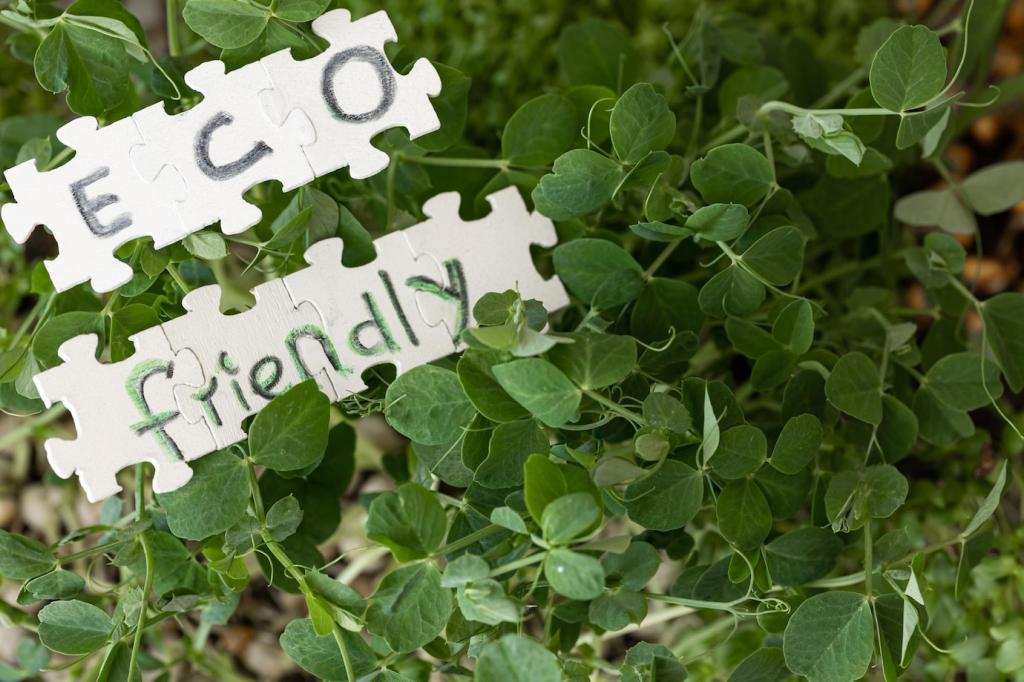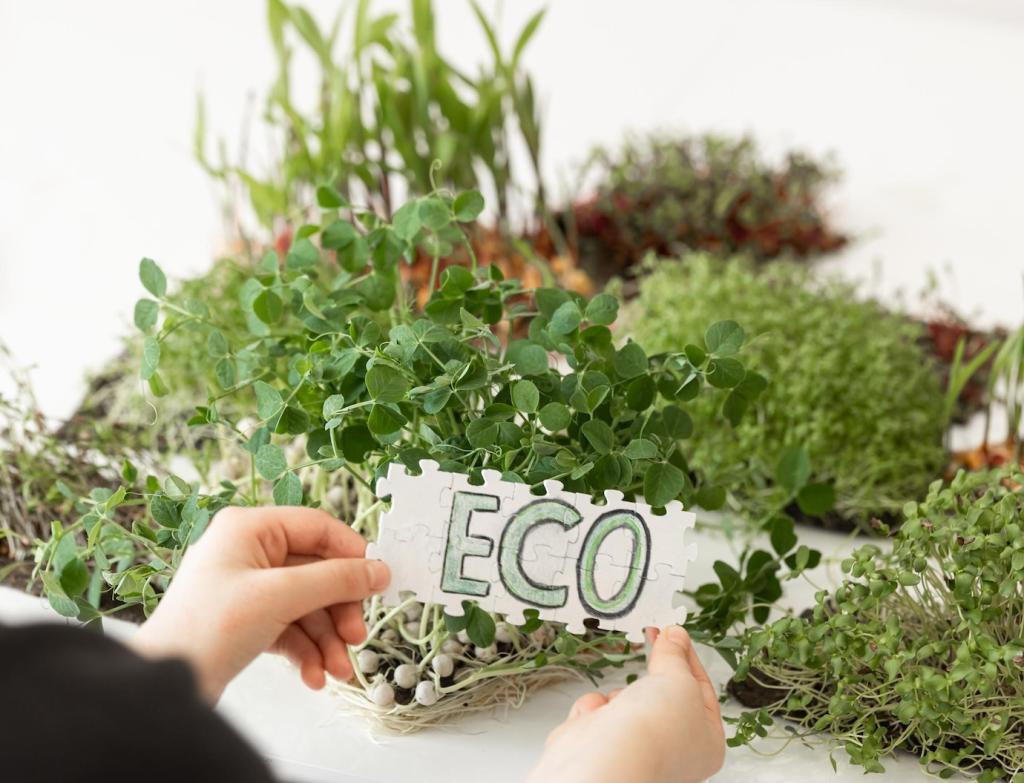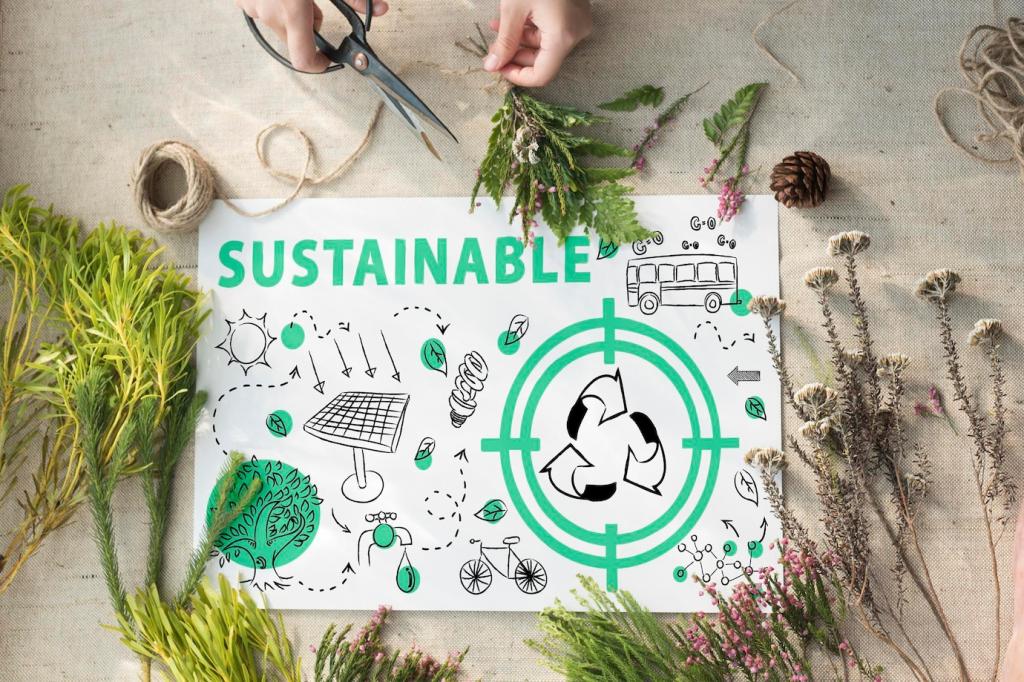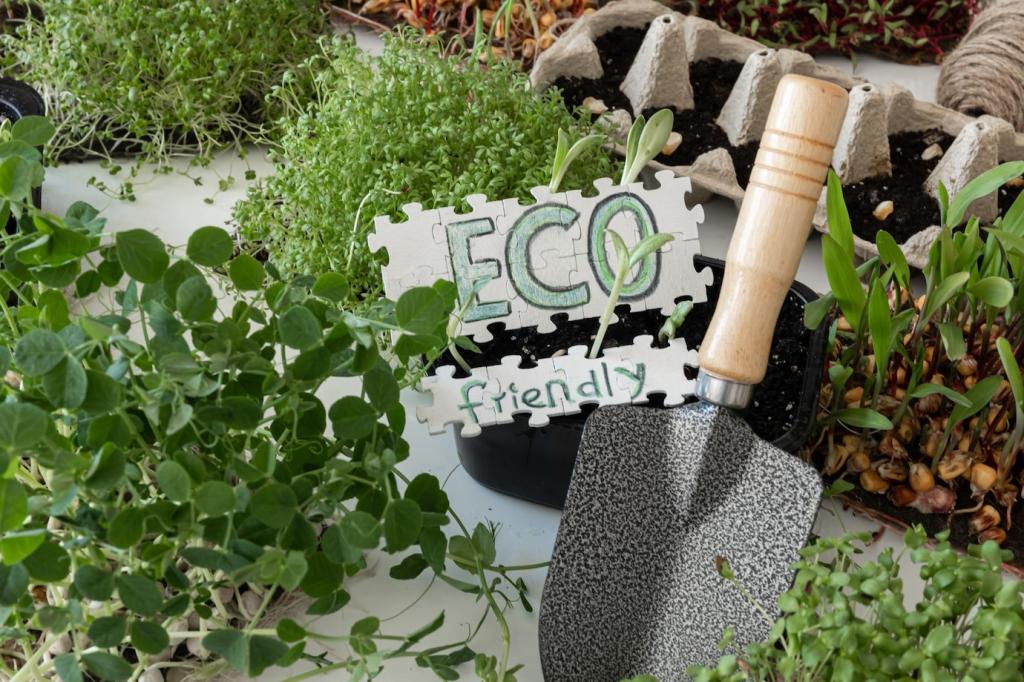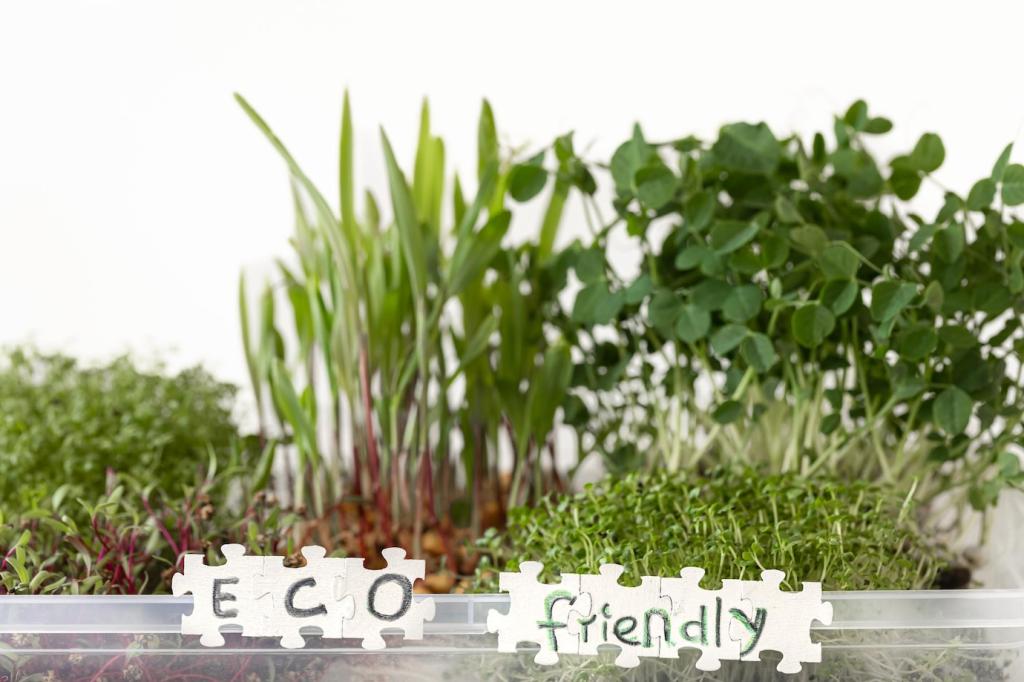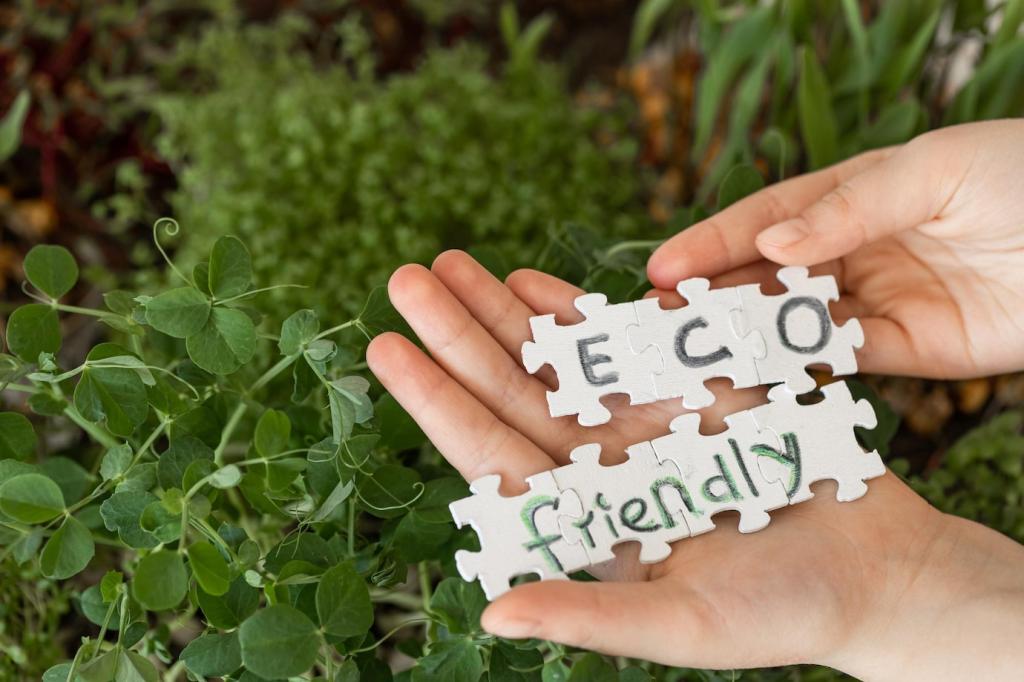Establishment: Water, Mulch, and Gentle Maintenance
Deep, infrequent watering encourages roots to dive. Use mulch basins and timed volunteers. If you’ve faced drought restrictions, share hacks that kept your young plantings alive without straining community resources.
Establishment: Water, Mulch, and Gentle Maintenance
A thick, coarse mulch layer suppresses weeds, moderates temperature, and feeds soil life as it breaks down. Tell us which locally available mulches worked best and why, so we can compile a practical list.

